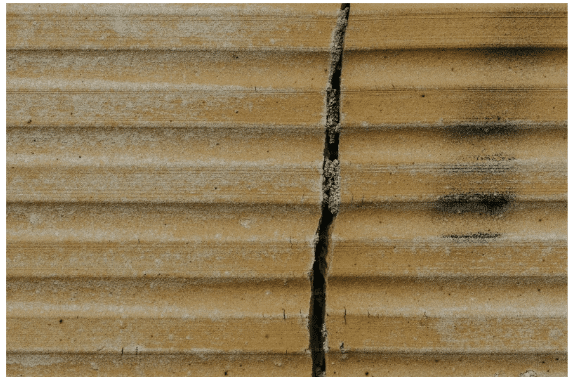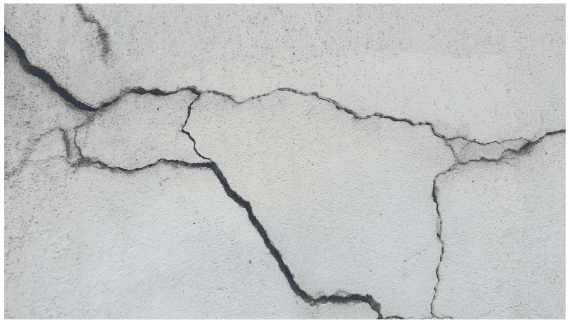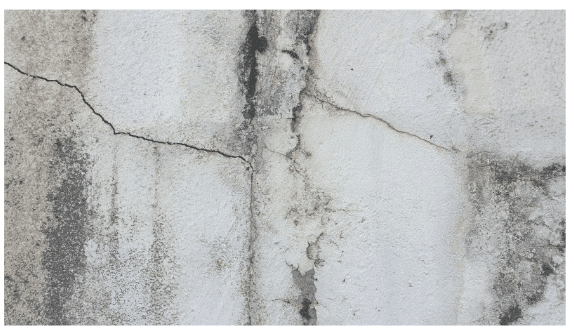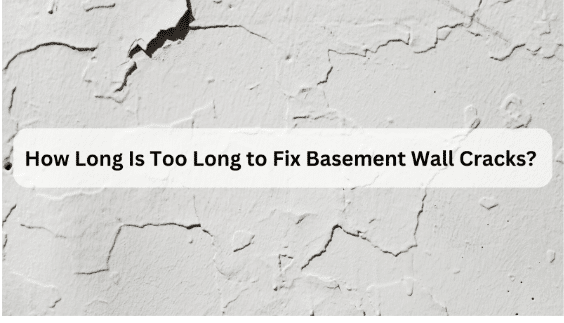Have you recently noticed unusual cracks in your basement that have started to make you wonder about your safety? If so, you’ve come to the right place.
Many people deal with such cracks in their walls, but not all are considered dangerous. They’re caused by humidity, dryness, and other factors, so it’s crucial to learn to recognize and deal with them.
Below, you can check out everything you need to know to recognize and prevent basement wall damage as quickly as possible.
Wall Cracks Explained
Wall cracks appear as thin, empty lines that you can see with your bare eyes. There are many basement wall cracks, so learning to identify and avoid further damage is essential. For instance, if the cracks occur due to the healing of the foundation, there’s nothing to worry about. Some processes are natural, while others may require special attention and repairs.
The most common enemy is water damage, which can wet and dry your walls, leading to cracks and other issues. Since basements usually don’t have ventilation systems, water damage can be fatal to the well-being of your walls.

How to Identify Basement Wall Cracks
Identifying dangerous basement wall cracks can be challenging if you don’t have previous experience in the field. We’ve prepared some tips and tricks to help you examine the cracks and see whether you should act fast:
- Measure the cracks you can see – If the cracks you find in your basement walls are more comprehensive than a quarter inch, you should seek professional assistance immediately. Such cracks can pose severe threats to your basement.
- Address the position and the location – Track the beginning of the crack to determine whether it represents an issue. If the crack is diagonal or in the middle of your basement walls, contact professional repair services or take the matter into your own hands.
- Keep track of suspicious cracks – If you find a crack that may seem concerning, check on it occasionally to see whether there are any new changes. Measure the crack and see whether it continues growing. If you notice any changes, seek assistance.
These tips will help you identify potential threats and react on time. Once you identify the issue, you can try different repair methods, as we’ll present below.
Repair Options

The repair option you choose will depend on the type of damage and the composition of your basement. We’ll present some options below to help you navigate the experience and choose the proper solution.
1. Epoxy
Epoxy is one of the most common repair methods you can try at home. It’s a sturdy material that can help you fill in all the cracks and prevent them from expanding.
Moreover, it’ll prevent further water damage, making it an ideal option for those who want to DIY their way out of this issue. Using epoxy to fill in the cracks is a budget-friendly option, and you can find mixtures in all designated stores.
2. Hydraulic Cement
Another standard solution to the basement crack issue is using hydraulic cement to seal more minor cracks. As soon as you notice something’s wrong, you can use this method to prevent further damage and give your basement a new start.
It’s also a budget-friendly option – you don’t have to be an expert to solve the issue. However, we advise you to use it only for minor cracks and problems, as it may not be effective against more significant issues.

3. Carbon Fiber
Carbon fiber is the most effective way to fix basement cracks in your walls. It’s used for reinforcement, strengthening the base, and more resistant to further damage.
Such solutions are considered the most long-lasting ones available, so you can use this method if the cracks in your walls are getting larger or you’re dealing with severe scenarios.
How Long Will the Repair Last?
The repair duration will depend on the scenario and the solution you use. For instance, if you use cement to repair your cracks, the results may not be as long-lasting, and you may have to repeat the process after a few years.
Conversely, epoxy materials may last a bit longer, with an average span of 10 years. Lastly, carbon fiber is the most resistant – you won’t have to worry for more than 20 years if you use this solution.
You should select a method that best fits your preferences and cracking scenarios to ensure you’re worry-free.
Steps to Prevent Basement Wall Cracks
We understand that seeing cracks in your basement walls can be stressful, so we’ve prepared some tips and tricks for preventing such damage:
- Waterproof your basement – the best thing you can do is contact a reliable basement waterproofing solution provider in Philadelphia to prevent water damage in the future. Water is your basement’s worst enemy, so act before the deed is done.
- React fast – as soon as you notice a crack in your basement walls, start examining it and using the abovementioned repair solutions. That will prevent further damage and help you keep your home as healthy as possible.
- Contact professionals – If you don’t want to mess with the repairs or testing, contact professionals when you notice issues in your basement. They’ll guide you through the process and help you protect your basement from damage.
If you implement these tips, nothing can go wrong, and you’ll have your healthy basement back in no time.

Conclusion
Cracks in basement walls aren’t rare, but seeing them will lead to higher stress levels. If you’ve noticed such instances in your basement, you’re in the right place. Besides, homeowners may take their foundations for granted, leaving them unsure of where to turn when issues develop. If you believe you require basement wall crack repair, contact our professionals.
That being said, we’ve discussed identifying threatening cracks and presented solutions accordingly. We’ve also presented tips and tricks to prevent further damage and keep your space healthy, protected, and crack-free.


